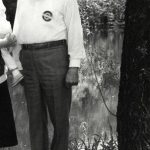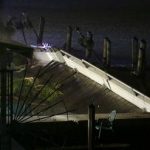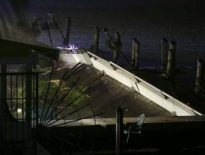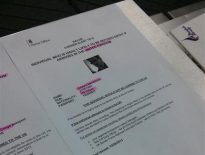SUPREME LEADER AYATOLLAH ALI KHAMENEI: Wields control over every major decision either directly or through a network of hand-picked loyalists and institutions, including the powerful Revolutionary Guard, the judiciary and intelligence services.
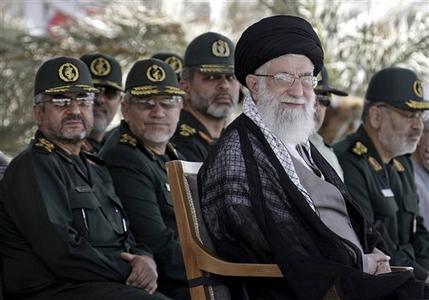
GUARDIAN COUNCIL: Group of 12 experts in Islamic law who approve all candidates for high elected office and can veto parliamentary bills considered to be in violation of Iran’s Islamic constitution.
PRESIDENT: The president’s powers are limited by the ruling clerics. The president helps direct economic policies, domestic social programs, education plans and some public works. The president also has some voice in the level of freedoms such as media and political openness but can be overruled by the clerics using the judiciary or Revolutionary Guard. The president represents Iran in many high-profile international forums and talks, but the clerics set all important foreign and defense policies.
PARLIAMENT: Its 290 members are elected every four years and have wide powers to set economic and social policies, but officials loyal to the supreme leader can block legislation. The next election for parliament is in 2016.
EXPEDIENCY COUNCIL: Mediates between the parliament and Guardian Council, but often favors the supreme leader’s views. All members are hand-picked by Khamenei and serves in effect as an advisory body to the supreme leader.
ASSEMBLY OF EXPERTS: An elected body of 86 clerics that has the official role of overseeing the supreme leader’s performance, but main job is to select a successor after his death.


